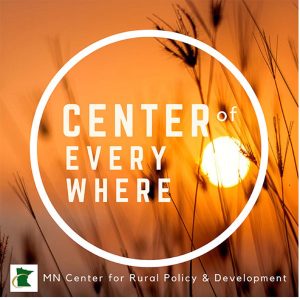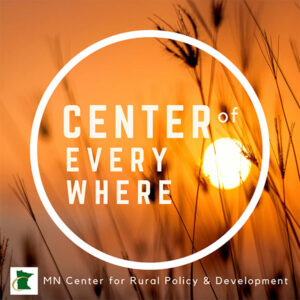
Meatpacking Towns bring diversity to rural Minnesota
By Whitney Oachs, Research intern If you listened to


By Whitney Oachs, Research intern If you listened to

On this episode, Marnie Werner, the Vice President of research

Thursday, April 29th: Minnesota’s Workforce – Help

By Marnie Werner, Vice President, Research & Operations A

On this week’s episode, Julie talks with Rhonda Otteson, Minnesota

by Marnie Werner, VP Research A unique opportunity? For

By Marnie Werner, VP, Research & Operations Ready for

For the last ten months, Minnesotans have been waiting along

By Marnie Werner, Vice President, Research & Operations About 18
Feb. 27, 2019 Next week we’ll be releasing a new